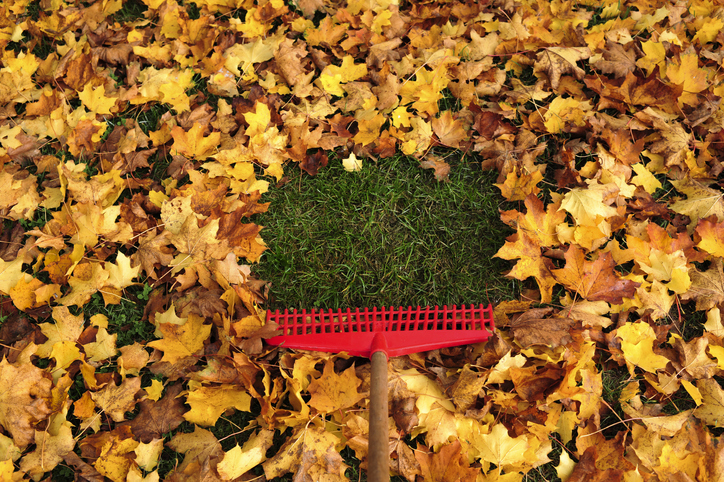The hot summer weather is slowly starting to ease up; and very soon, the cool fall weather will be here. The winter months can be hard on plants. Fall maintenance is a crucial part of your lawn, making it out of the winter unscathed. From applying the proper fertilization to preventing diseases and insects, you can do a lot to help your yard get through the winter and thrive in the next spring! Here’s what you need to do.
Mowing, Mulching, & Composting
Once fall hits, you’ll want to mow your lawn slightly shorter than you would in the summer. This will prevent it from matting up under the leaves and snow. Mulching and composting the leaves, that will inevitably litter your yard, will give an added layer of protection to retain heat, conserve moisture with minimal dampness, and reduce weed growth. You can use a compostable mulch from the store if there aren’t enough leaves on your property.
Fertilizing in the Fall
Fall is the best time to fertilize your lawn. The morning dew provides the best kind of moisture that helps the fertilizer absorb into the soil and the grassroots. The earlier you add the fertilizer, the better because it helps strengthen the grass for the cold winter.
Adding More Seeds
If you have bare spots around the lawn, fall is the best time to add more grass seeds. Between the cooler weather and the fertilizer, the new roots will strengthen during the winter.
Dealing with Weeds, Diseases, & Insects
Falling leaves are pretty and are fun to play in, but they can do a lot of damage in your lawn if you leave them there. They encourage insects and diseases to get into the yard because air and sunlight can’t penetrate through the leaves. Rake them up and put them in the compost or go over them with a mulcher or mulching mower to make a fine compost of the grass. Weeds won’t be as big of an issue in the fall, but as a preventative for the spring and summer, you can use a pre-emergent weed killer near hardscapes, walkways, and more.



